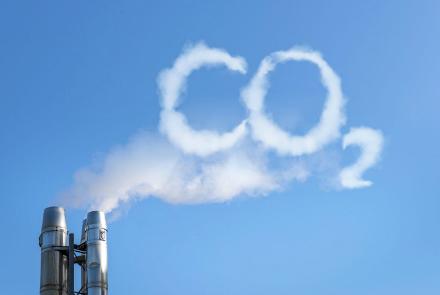The concentration of carbon dioxide in Earth's atmosphere increased 2.87 parts per million at NOAA's Mauna Loa Observatory in 2018, the fourth largest increase in the agency's 60 years of record-keeping, a report by UPI.com says.
The report says that on Jan. 1, 2018, the average concentration of atmospheric CO2 measured 407.05 parts per million. Twelve months later, the average measured 409.92 parts per million.
Three of the four highest annual increases on record have occurred during the last four years.
The record belongs to 2016, the year atmospheric CO2 concentrations jumped 3.01 parts per million. Second place goes to 2015, which featured an increase of 2.98 parts per million. Last year's increase ranks just behind 1998's growth of 2.93 parts per million.
Last year didn't pass without an ominous CO2 record, however. Last April, for the first time, CO2 concentration averaged above the 410 parts per million mark for an entire month.
“At a time when there's all this talk about how we should be decreasing CO2 emissions, the amount of CO2 we're putting into the atmosphere is clearly accelerating,” Pieter Tans, senior scientist with NOAA's global monitoring division, said in a news release, as quoted by the UPI.com. “It's no coincidence that the last four years also had the highest CO2 emissions on record.”
Carbon dioxide is a greenhouse gas and the main cause of global warming. Climate scientists agree that human sources of CO2 are to blame for rising concentration of the greenhouse gas in the atmosphere.
“Today's rise of CO2 is dominated by human activities,” said Tans. “It’s not from natural causes.”
After several years of plateauing U.S. global carbon emissions, the United States witnessed a return to CO2 emissions growth in 2018. According to data collected by the independent research firm the Rhodium Group, carbon emissions increased 3.4 percent in 2018.
After a worldwide increase of 2.7 percent, according to Global Carbon Project, global carbon emissions reached an all-time high in 2018.
NOAA scientists analyze atmosphere samples daily at several monitoring sites, but researchers have been keeping records at Mauna Loa Observatory the longest.

